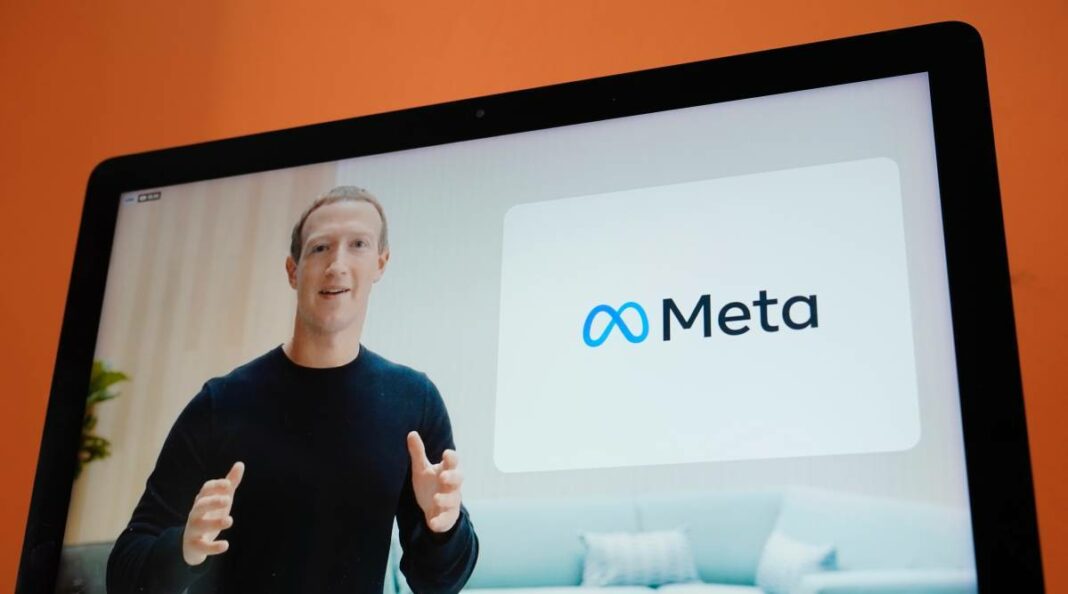Meta Inc (formerly Facebook) on Friday announced Privacy Center— a hub to educate users on their privacy options and make it easier for them to understand how the social media giant collects and use information.
At the Privacy Center, users can learn about approach to privacy, read up on Meta’s Data Policy and learn how to use the many privacy and security controls that the company offers.
Privacy Center is now available to some people using Facebook on desktop, and the social technology company said it will roll out to more people and apps in the coming months. “We’ve built a number of privacy and security controls across our apps and technologies over the years, and our goal is for Privacy Center to serve as a hub for those controls and privacy education,” the company said in a statement.
Here’s what you can do at the Meta’s Privacy Center:
#Security: You can brush up on account security, set up tools like two-factor-authentication or learn more about how Meta fights data scraping.
#Sharing: You can visit this guide if you have questions about who sees what you post, or how you can clean up old posts on your profile using tools like Manage Activity.
#Collection: Learn about the different types of data that Meta collects, and how you can view that data through tools like Access Your Information.
#Use: Learn more about how and why Meta uses data, and explore the controls we offer to manage how your information is used.
#Ads: Learn more about how your information is used by Meta to determine the ads you see, and make use of ad controls like Ad Preferences.
This development comes as Meta faces scrutiny from regulators globally over data practices. Meanwhile, just few week ago, Meta said it has filed a federal lawsuit in California court against cybercriminals running phishing scams designed to deceive people into sharing their login credentials on fake login pages for Facebook, Messenger, Instagram, and WhatsApp.
According to Meta, the phishing scheme involved the creation of more than 39,000 websites impersonating the login pages of Facebook, Messenger, Instagram, and WhatsApp. On these websites, people were prompted to enter their usernames and passwords, which the hackers collected.
